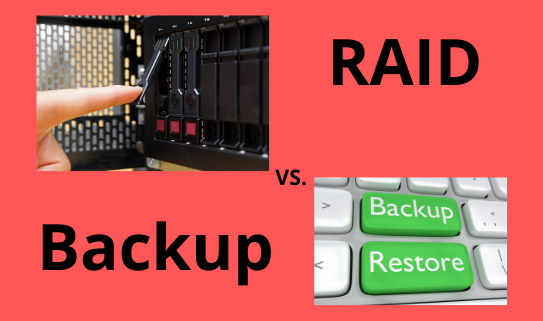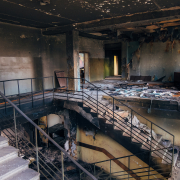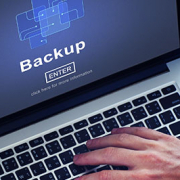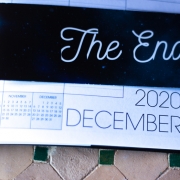Is RAID A Backup Strategy?
The short answer is NO. RAID and backups are two distinct technologies used for different purposes.
What is RAID?
RAID stands for Redundant Array of Inexpensive Disks. It combines multiple physical disks to improve redundancy and performance to storage operations.
RAID uses the following methods according to the level used:
- Striping – splits data into blocks and then writes those blocks across disk drives.
- Mirroring – identical copies of data are written to all disks.
- Parity – a parity function is calculated for each data block. If one drive fails, the missing block can be recalculated and then recovered.
RAID levels go from 1 through 10. Levels 2,3,4 and 7 are not commonly used.
A Short Explanation Of RAID Levels
- RAID 0 uses striping. It provides excellent performance but no fault tolerance. If one drive fails, all data is lost.
- RAID 1 uses mirroring. Copies data to two or more disks. Provides fault tolerance as mirrored drives are exact copies.
- RAID 5 uses parity and striping but requires at least three disks. If a drive fails, data access is maintained. When the failed drive is replaced, the data is rebuilt onto the drive.
- RAID 6 uses striping with double parity but requires at least four drives. Data access is maintained even if up to two drives fail. Both failed drives will be rebuilt when replaced.
- RAID 10 uses mirroring and striping, combining Raids 1 and 0. Disk rebuild time is very fast. Data is copied to other drives plus striping is used to raise transfer speed.
Why RAID Falls Short As A Backup Strategy
- RAID needs two or more drives, depending on the level chosen. Most times, the drives are purchased at the same time. As they age, disks become prone to failure. If one drive fails, failures of the remaining drives are imminent.
- RAID provides redundancy. However, it does not provide copies of data from previous periods.
- If attacked by ransomware, you’ll have no choice but to pay the criminals since you’ll have no backups to restore your data.
- If your servers are damaged or destroyed (i.e., fire, flood, hurricane, etc.), all data is lost because the only copies of your information were on the drives that no longer exist.
But, data backup alone won’t give you the resiliency and ability to recover from a disaster quickly.
You Need More Than Just Data Backup
For full protection, you need a Datto Business Continuity Disaster Recovery (BCDR) solution. With a Datto BCDR, you’ll:
- Have an image-based solution that will create exact software replicas of your server(s). Each image will contain all data, operating systems, source programs, settings, etc.
- Be able to spin up virtual machines from images quickly, drastically reducing Recovery Time.
- Shorten backup times with Datto’s patented Inverse Chain Technology.
- Save data to three locations: onsite and two data centers in the Cloud.
- Be able to run servers from an onsite device or the Cloud until physical servers are repaired or replaced. Instant failover reduces or eliminates downtime!
- Have the option to restore images to dissimilar hardware using Bare Metal Restore.
- Get alerts if ransomware is detected in backups.
Conclusion
Businesses should use RAID at the level that makes the best sense for their company. However, RAID should NEVER be used in place of a backup solution. To protect your business, you need both.
If you need help, call us at (845) 362-9675 or email us at [email protected].
XSolutions is an Elite Partner of Datto, the world leader in Hybrid-Cloud Business Continuity solutions whose systems protect 460+ Petabytes of data with over 1400+ employees and 9 offices around the globe. Call (845) 362-9675 and let us introduce you to the ultimate defense against data loss—whatever the cause. Backup & Disaster Recovery | Business Continuity | Data Risk Assessment











